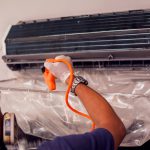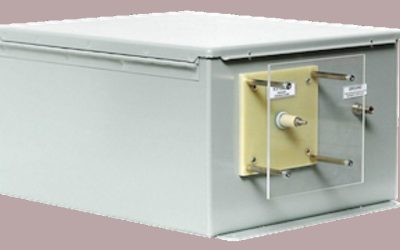One of the biggest obstacles or challenges for any company in the United States that is developing a new medical device is the delay in the time from concept to market. The more complex (high risk) the medical device, the longer this delay, which can extend well beyond five to seven years with more complex and life-critical types of devices. Even simpler medical devices required two to three years for approval, but there are ways that companies can utilize to reduce this delay.
An essential part of the process of approval is the medical device design component. As a significant factor in all future steps, investing time and expertise into the design phase can help to eliminate errors, problems and failures in the upcoming stages in developing, testing and getting approval for the device.
Limiting User Errors
A key factor in any type of medical device design is to consider the potential for user error. In medical devices, this could be errors by surgeons or doctors, or it may be errors in use by patients. The types of errors and the individuals involved that may cause the error depends on the type of device and its intended use.
With an experienced medical device design service, the user error factor is a central part of the consideration of the design. They are able to not only ensure specific standards are met in the design, but also to anticipate the types of errors that may occur in use. By knowing what those errors are and designing to limit or eliminate the risk of those errors, even high-risk devices can be easier to approve.
Simple design features such as creating controls that are intuitive to use, that are different from each other for immediate physical and tactile distinction, or streamlining features to make the device easier to operate are all examples of design options that limit errors.
Managing the Device
In addition to considering user ease and potential for errors, the medical device design professionals also consider how easy it should be for patients or doctors to make significant operational changes to the device.
This is essential in the use of technology to control devices, to provide real-time data and to be modified via Bluetooth or wireless signals.








